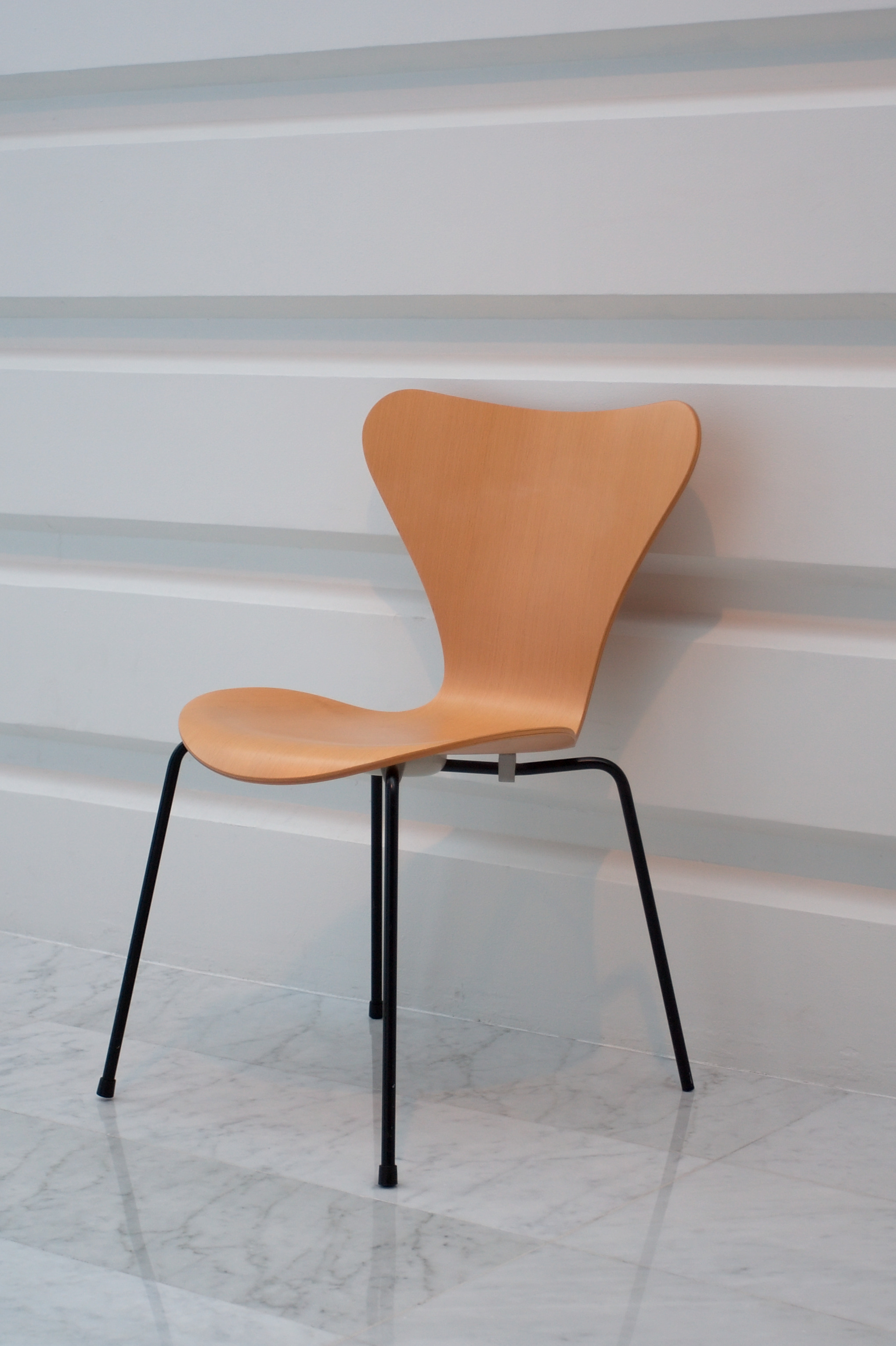
I’m about to start teaching Alexander Technique to a new batch of orchestral musicians, and I’m pretty certain that at some point one of them is going to ask me to show them the right way to sit. The right way to sit for playing cello, or guitar, or violin. The correct way to sit to avoid back pain and exhaustion in long orchestra rehearsals.
What would you tell them? Is there one right way of sitting? Broadening the question out: is there a ‘one right way’ for every activity?
One right way – a question of levels
If I’m talking to a group of complete beginners at Alexander Technique, I’ll probably sound like I’m giving a very qualified yes to this question, but only because of where they are coming from. A group of new students is used to doing every activity in their old way, with their old understanding. Part of my job is to demonstrate to them that their old way of understanding things may not be the most effective or evidence-based of approaches. With regard to sitting, I often ask groups to point to where their hip joints are; it is a rare student who points to roughly the correct location.
Because moving at the hips joints should be a key part of any strategy to sit effectively and efficiently – especially for prolonged periods – my replacing of their old idea of hip joint location with a more accurate one is going to make big differences. This is because we have swapped an incorrect idea for one that is more accurate. This is what FM Alexander wanted his teachers to do:
where ideas that are patently erroneous have already been formed in the [student’s] mind, the teacher should take pains to apprehend these preconceptions, and in dealing with them he should not attempt to overlay them, but should eradicate them as far as possible before teaching or submitting the new and correct idea.[1]
So are my newly enlightened students now sitting better? Absolutely! Have I given them ideas about how to get into a chair that utilise mechanical advantage? Yes! Will they take these ideas away and believe that they have been taught the ‘one right way’ to sit? Yep.
Why we don’t want to introduce new habits for old
If a student walks away from a lesson with me believing that they’ve learned a better way to sit, then I’ve helped them a bit. I won’t have really done my job, though, because according to Alexander teaching is something more than replacing an old habit with a newer better one. He said
by teaching I understand the placing of facts, for and against, before the child, in such a way as to appeal to his reasoning faculties, and to his latent powers of originality. He should be allowed to think for himself [2]
If I don’t engage a student’s reason, then I’ve not really helped them to lasting change. If my definition of the Alexander Technique from the other week is correct – a theory and practice that teaches us how to discipline our thinking in order to direct ourselves better in any activity we choose – a student who walks away with an unchallenged belief in there being ‘one right way’ to do an activity hasn’t yet developed the mental discipline to choose the best course of action in any circumstance.
To take the specific example of sitting, not all chairs are the same. Not all chairs have a lot of space in front of them. Some of them are in buses or cars. Even if there aren’t space considerations that will change the specifics of the protocol you use when you approach them to sit down, the height and shape of the chair certainly should be considered. I want you to be able to sit efficiently and comfortably in all chairs, not just the one in my teaching studio!
The aim of re-education on a general basis is to bring about at all times and for all purposes, not a series of correct positions or postures, but a co-ordinated use of the mechanisms in general. [3]
Going beyond the ‘one right way’
I really want to encourage you to play with going beyond the ‘one right way’ style of thinking. I’m going to use sitting as my specific example again, partly because it is very specific, but also because almost everyone does it at some point!
If I were working with you, I would want to encourage you to think about:
- The chair – how high is the seat? Is it flat, sloping, bucket-shaped? Does it have a backrest, and is it sloped?
- The circumstances – how much space is there in front of the seat, or to the sides? Are you carrying anything that would change your plan?
- Your anatomy – hips, knees, ankles
- Your playfulness – what do you feel like doing?
And then based on all these variables, I would encourage you to make a plan, and carry it out.
Every time you sit, it will be different. Even if the chair is the same, you are not. Embrace that – don’t be an Alexander robot – and keep playing with your thinking. Do that, and you will truly be fulfilling what Alexander wants you to do: to be able to direct yourself in activity with co-ordination and grace.
Have fun.
[1] Alexander, F.M., Man’s Supreme Inheritance, NY, Irdeat, 1997, p.88.
[2] ibid.
[3] Alexander, F.M., Constructive Conscious Control of the Individual, NY, Irdeat, 1997, p.308.
Image: Dori [CC BY-SA 3.0 us (https://creativecommons.org/licenses/by-sa/3.0/us/deed.en)]
